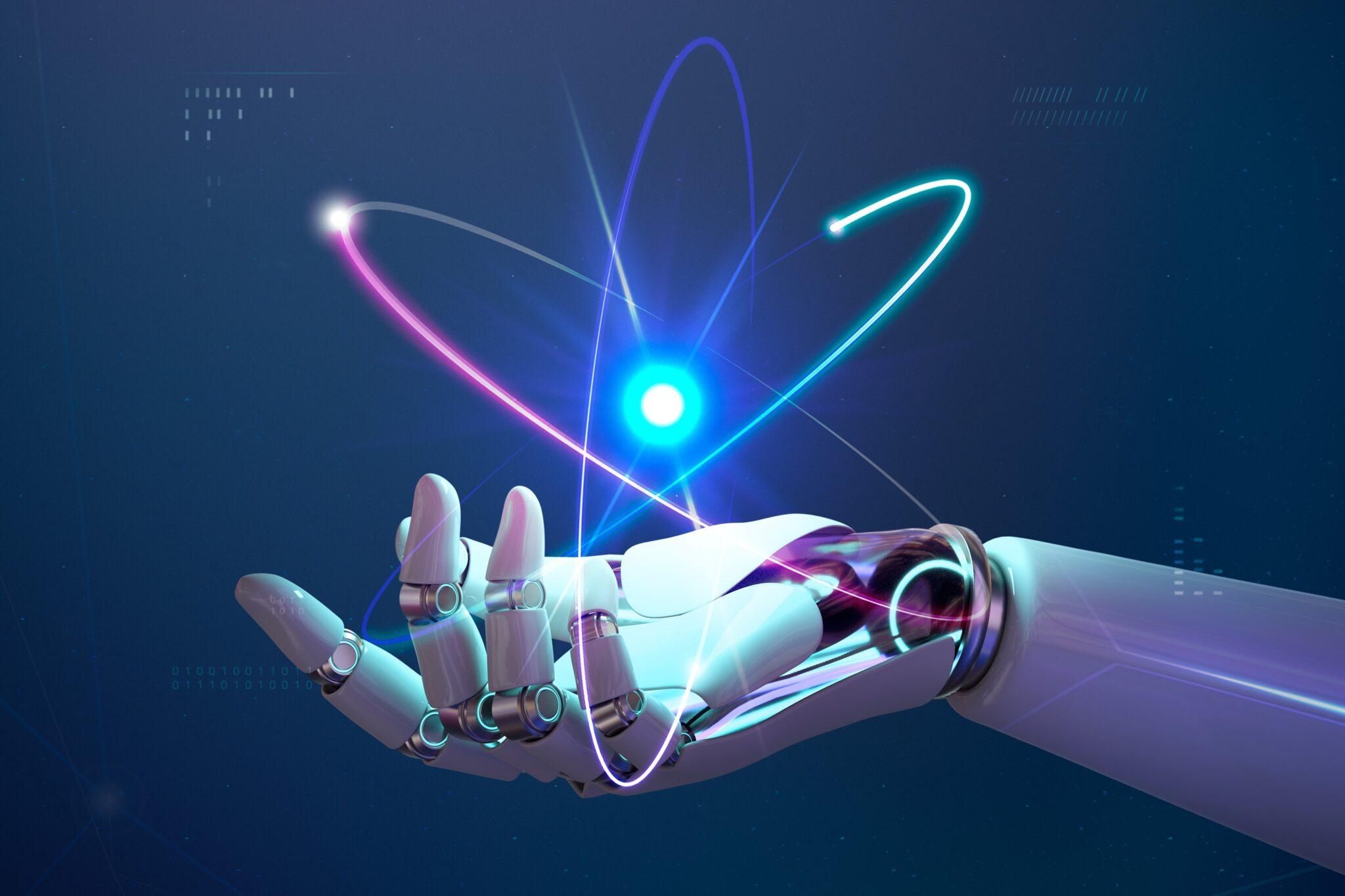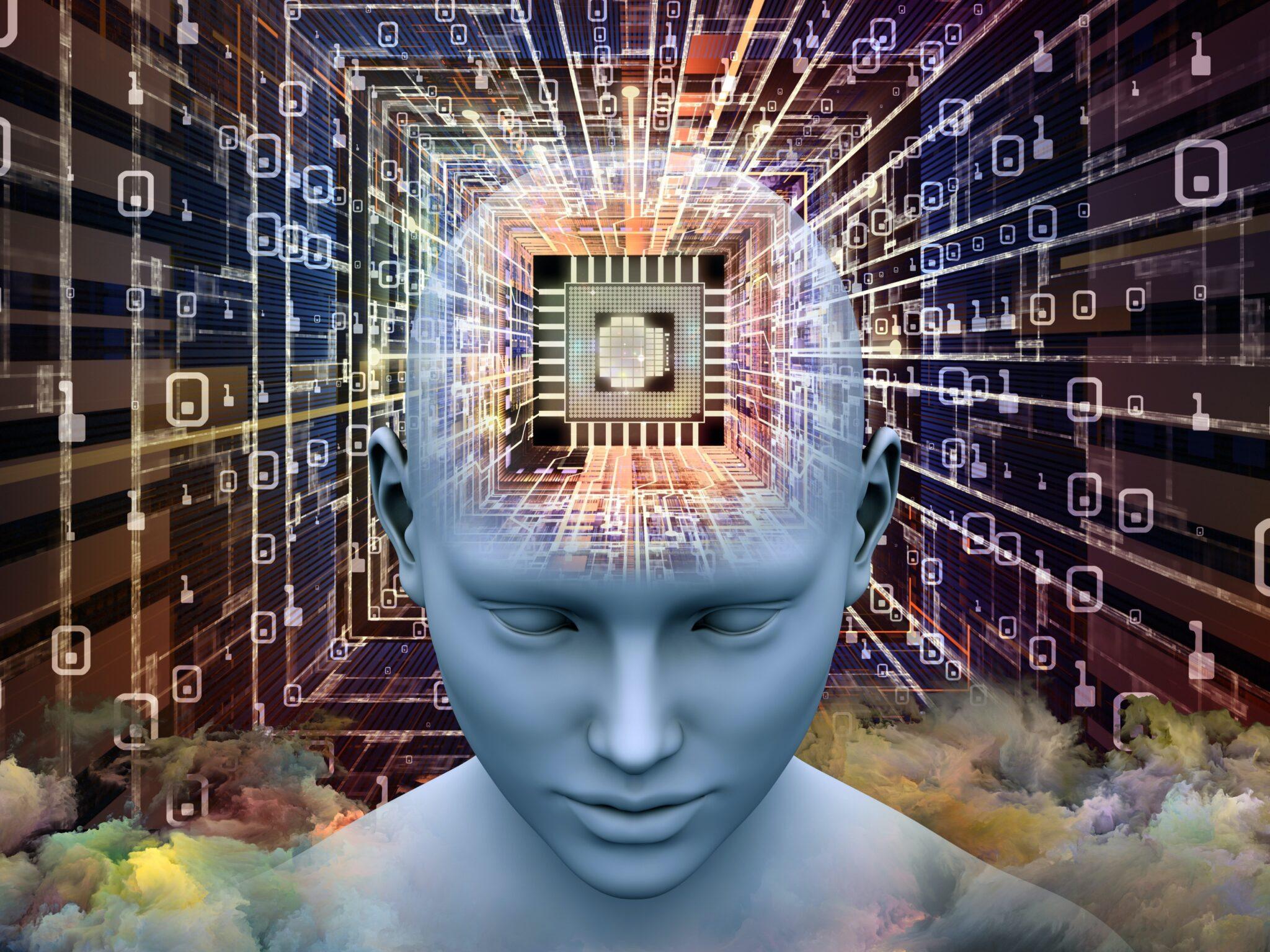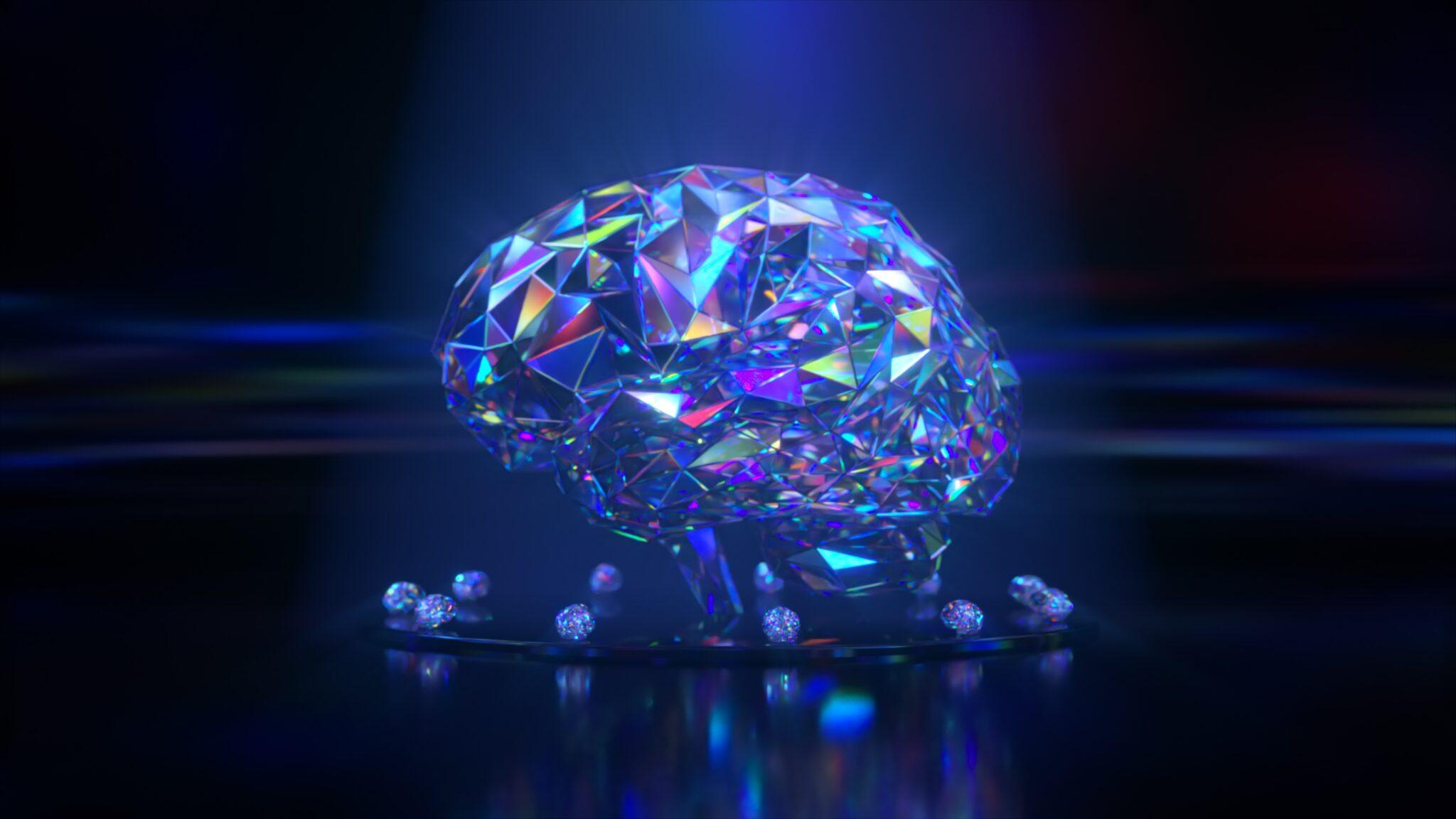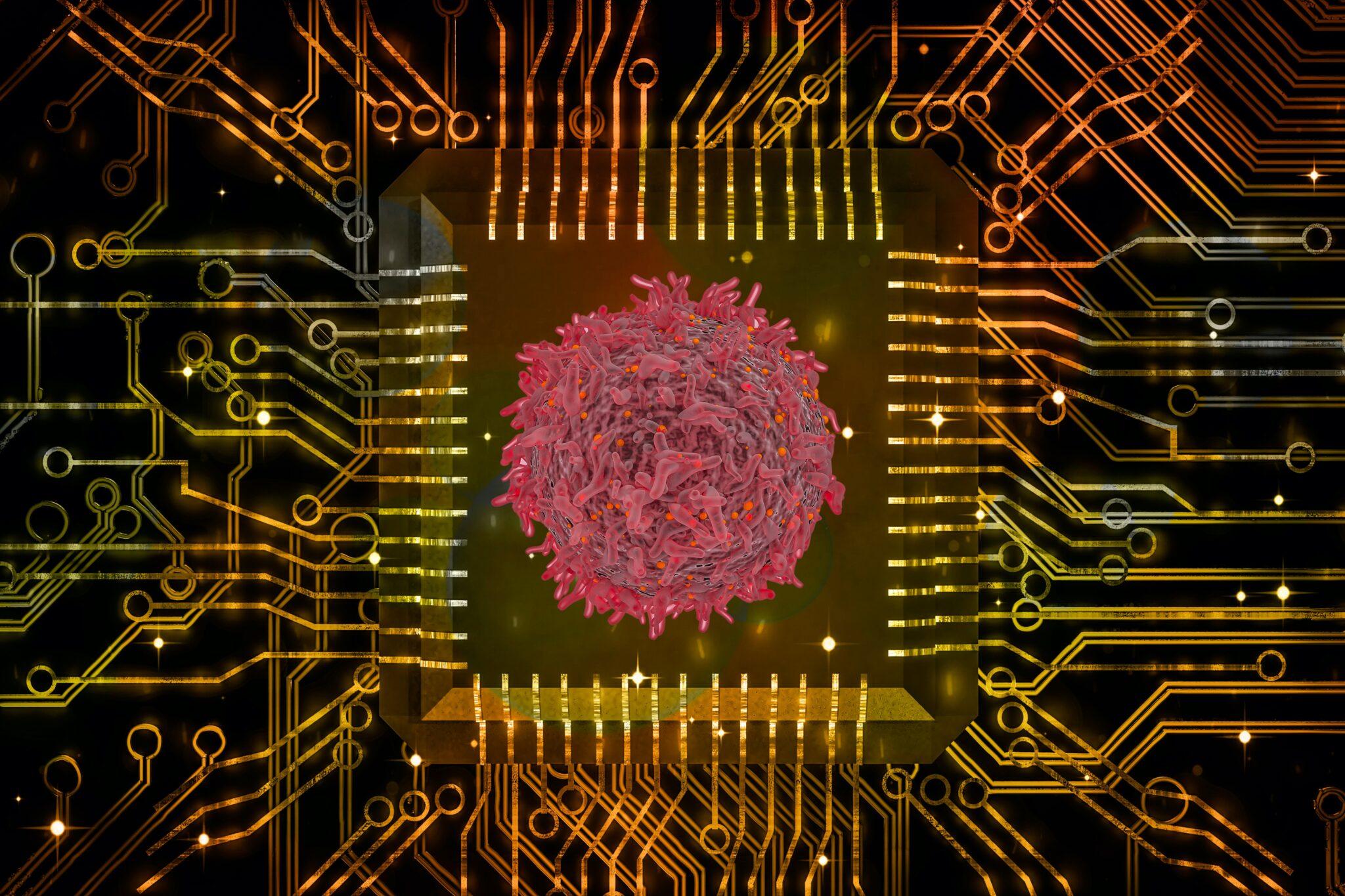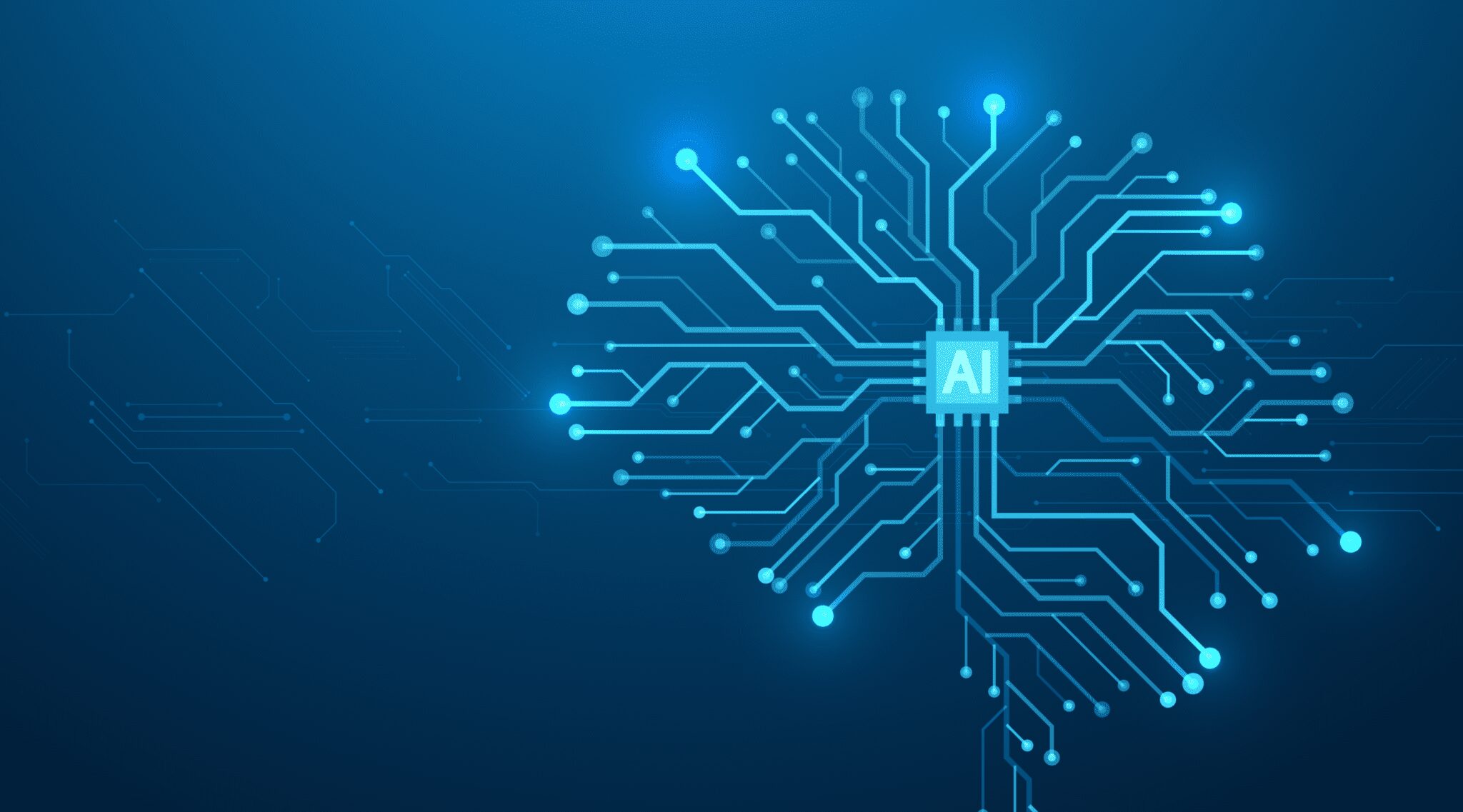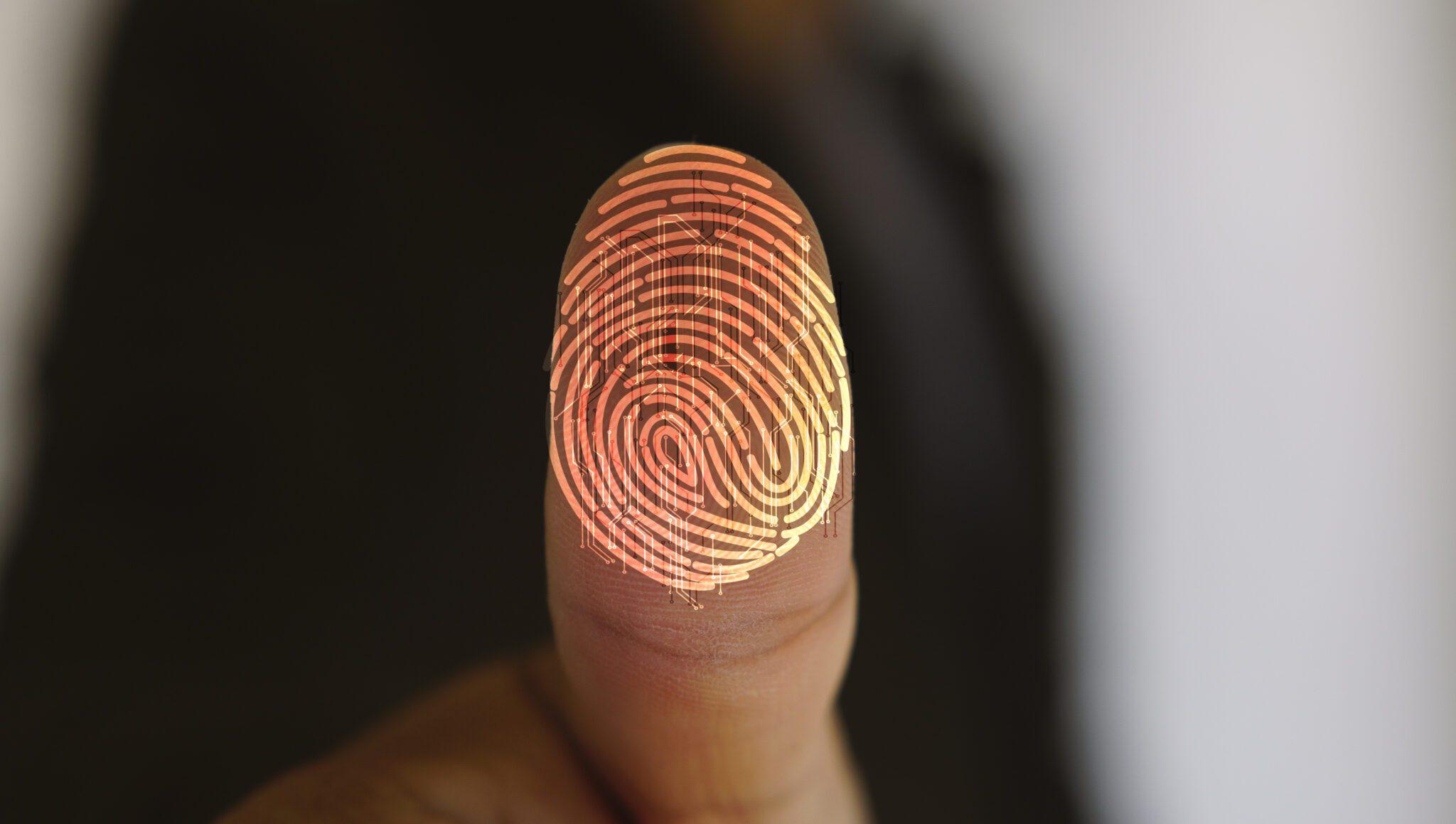What technologies could change the rules of the game over the next 10-20 years?

]You can try to predict the future, or you can create it. What technologies could change the rules of the game over the next 10-20 years?
Some, such as brain-computer interfaces and cellular coding, could lead to entirely new treatments for diseases. Identity management and decentralized commerce aim to put power back in the hands of consumers and merchants, while AI audit systems and passwordless authentication protect against cyberattacks, data leaks and hidden dangers. Other technologies are poised to revolutionize chip manufacturing (neuromorphic computing), scientific measurement (quantum sensors), and electronics (lab-grown diamonds).
Quantum sensors
Quantum sensors can detect even the slightest changes in the environment. These devices are being built for a wide range of applications, from underground mapping to medical imaging, and can be smaller, cheaper and thousands of times more accurate than sensors used today.
Quantum sensors will have far-reaching commercial implications. Harnessing the quantum properties of matter could lead to significant advances in medical imaging, navigation, underground mapping, discovery of new materials and much more.
Startups using quantum sensors in their products and services.
Atomionics is working on a quantum gravimeter for applications such as navigation and underground mapping.
NVision applies quantum technologies to medical imaging, with a focus on improving the resolution and accuracy of MRI.
Qnami develops a quantum microscope for high-precision measurements of the magnetic properties of materials.
Safe and accurate AI models
Artificial intelligence systems, especially those based on machine learning (ML), are vulnerable to bias and toxic data stuffing (an attack that replaces a model's training data). With over 55% global companies using artificial intelligence, these threats could have huge implications across multiple sectors. AI bias is caused by preferences or exceptions in the training data, as well as how the data is obtained, how the algorithms are developed, and how the output is interpreted. To mitigate these risks, startups are integrating software with artificial intelligence systems to audit and troubleshoot data problems.
Snitch AI helps companies monitor and troubleshoot their machine learning models. The company works with universities and research institutes such as IVADO and Polytechnique Montreal to test the created tools.
Platform Kosa AI works to reduce AI errors throughout the entire training process, from model design to deployment. The platform’s applications range from point-of-care diagnostics to corporate HR systems and fraud detection.
Platform CognitiveScale, USA, helps detect and assess AI risks across 6 dimensions: performance, data quality, reliability, explainability, fairness and compliance. It can also check black box models.
Connecting the mind to the computer
Although the brain-computer interface was created decades ago, new solutions in this area are less invasive, which can certainly speed up the commercialization of this technology. Brain-Computer Interface (BCI) systems can detect, quantify brain signals, and translate them into user intent commands for devices, such as typing words or moving a robotic arm.
Historically, BCI implantation has been an invasive, open-brain procedure. However, new, minimally invasive solutions such as Synchron are less risky for patients. Additionally, many surgeons already have the necessary skills to perform the procedure, which is similar to conventional stenting, making it easier to spread.
As minimally invasive BCI solutions designed for long-term use spread beyond the lab or hospital, the technology could become a solution to a wide range of medical problems. Initial applications of BCIs have focused on helping patients with severe disabilities, such as paralysis, communicate with others. In the future, as BCI technology matures, it could impact a range of medical applications, from more efficient tumor detection to improving motor function in surgeons, enhancing cognitive performance as a neurofeedback training tool, and accelerating rehabilitation for stroke patients.
Neuralink, co-founded by Elon Musk, is developing a brain chip implant that will help study and treat neurological disorders. The company's device has not yet been approved for human testing.
Implantable device Paradromics captures thousands of brain signals to achieve medical results such as restoration of connections and sensations. So far, the company is studying the brain activity of sheep.
Synchron, has developed a permanent implantable device that can restore function in victims of severe paralysis. The Food and Drug Administration approved the device for human clinical trials in 2021, and Synchron completed its first implantation procedure in July 2022.
Diamond Age of Electronics
Diamond is one of the finest materials known to mankind, with maximum thermal conductivity and hardness, high refractive index and strong electrical insulation. These features support next-generation technologies in semiconductors, optics, renewable energy, medical devices and more.
Using a process called chemical vapor deposition (CVD), diamonds are grown layer by layer in a reactor. They could replace materials such as silicon, gallium nitride, and fused silica in a wide range of technological applications, from semiconductors and radiation detectors to laser optics and telecommunications devices. For obvious reasons, these are all applications that are impossible with natural stones.
Semiconductor devices with diamond material can conduct more than a million times higher electrical current than silicon.
Quantum Brilliance is developing room-temperature quantum computers by using nitrogen lattice vacancies in single-crystal diamonds to generate qubits (the computing units of quantum computers).
Appsilon is a manufacturer of diamond material for technology applications such as thermal management, optics, quantum computing, high-power electronics and diamond detectors.
Diamond Foundry produces lab-grown diamonds using proprietary reactor technology. Its diamonds are suitable for technological applications and as a material for jewelry.
Putting personal data back in the hands of consumers
The transfer of personal data from individuals to corporations often leaves them unprotected and undervalued, creating opportunities for abuse (e.g. data leaks, manipulative advertising).
Historically, digital platforms have owned consumers' personal data. They have been the beneficiaries of almost every monetization opportunity. Today, a new generation of startups is using blockchain technology to return ownership of data to consumers and create new monetization opportunities.
Spruce allows users to control their personal data online with login and data storage solutions built using blockchain.
ODE uses blockchain and artificial intelligence to provide a range of solutions for personal data, from monetization to secure storage.
Invisibly allows the user to earn points and unlock ad-free content by sharing data.
Programming cells using digital biology
Advances in digital biology and bioinformatics are increasing the cost and scalability of human cell production for research and cell therapy. New cell reprogramming technologies make it possible to grow cells faster and more efficiently than before.
Induced pluripotent stem cells (also known as iPS cells or iPSCs) are a type of pluripotent stem cell that can be generated directly from a somatic cell. iPSC technology was pioneered by Shinya Yamanaka’s lab in Kyoto, Japan, which showed in 2006 that introducing four specific genes (called Myc, Oct3/4, Sox2, and Klf4), collectively known as the Yamanaka factors, which encode transcription factors, could convert somatic cells into pluripotent stem cells. This discovery opens up new possibilities in the field of regenerative medicine.
Cellular coding may offer effective treatments for a wide range of diseases. Startups are creating new programming and automation methods, reducing the cost and coding time of a cell from months to days.
These technologies make it possible to eliminate dependence on difficult-to-change human stem cells, make treatment more personalized and targeted, reduce the cost of cell therapy, and create conditions for mass production.
Bit Bio applies computational principles in biology to encode human cells for disease research and drug production.
Mogrify develops systems to improve efficiency, safety and scalability in the production of cell therapy products.
Asgard is developing a platform for cancer therapy through reprogramming the patient's tumor cells.
The next generation computer that thinks like a human
Inspired by the structure and processes of the brain, neuromorphic computers are made up of artificial "neurons" and "synapses" that process information completely differently than the von Neumann architecture used in most computers today.
Neuromorphic computing has received a lot of interest recently.
This new technology promises lower power and lower latency than existing computing methods by mimicking the principles of information processing in the brain. A key concept in neuromorphic computing is event-based state determination.
Neuromorphic computing has advantages such as massively parallel processing (where many calculations can be performed simultaneously) and burst computing (where energy is consumed only when data arrives, meaning that at any given time energy is consumed by only a portion of the system). This means that neuromorphic computers can consume much less power, delivering much faster processing times.
Neuromorphic systems can perform some types of calculations using 1,000 times less energy than traditional methods. This makes them effective for applications used in peripheral devices or autonomous vehicles.
Neuromorphic computing methods are also well suited for artificial intelligence applications that seek to mimic the workings of the brain, such as deep learning.
Rain Neuromorphics is developing a specialized neuromorphic processing chip that has artificial intelligence with the ability to learn on its own. The company plans to commercialize the chip by 2025.
Innatera develops low-power processors for continuous-use sensing applications such as vital sign monitoring and fall detection. The company introduced its first chips in 2021.
SynSense offers neuromorphic solutions for industries ranging from healthcare to automobiles. The company is also developing an event-based state detection chip with Prophesee.
Decentralized commerce
Merchants can tokenize physical products and services as non-fungible tokens (NFTs). This allows buyers to receive a digital representation of a product, which they can then resell or exchange for a physical asset. By transacting on blockchain technology, both parties bypass centralized e-commerce platforms while maintaining transparency and authenticity.
The decentralized trading model allows consumers to transact directly with merchants in a transparent, trusted environment at a lower cost structure.
Using NFTs to represent physical items means sellers can open up new sales channels by tapping into virtual environments such as metaverses.
Platform Boson Protocol tokenizes real-world assets into NFT format and develops digital markets for physical and virtual goods.
Origin helps producers and sellers create digital storefronts to sell NFTs directly to audiences and profit from secondary sales in the future.
Passwordless Authentication - Increase Security with Invisible MFA
More than 60% of data breaches can be attributed to weak or reused passwords, and the average data breach costs more than $4 million. Invisible multi-factor authentication (MFA) may become widespread in the near future. The next generation of MFA eliminates the need for a password entirely, tying the user's device to their identity. For example, when logging in to a laptop, a user can simply enter their username and the system will seamlessly and automatically verify their identity using the secure key on their smartphone.
Invisible MFA requires no additional hardware or steps (such as tokens or one-time codes), does not store user information, and uses template variations that prevent the use of stolen data.
HYPR offers companies a platform to authenticate employees and consumers using devices instead of passwords.
Beyond Identity securely links users to their devices to enable passwordless verification
Stytch provides infrastructure (e.g., APIs) that allows organizations to authenticate users using multiple passwordless methods (e.g., device, biometrics, etc.).


